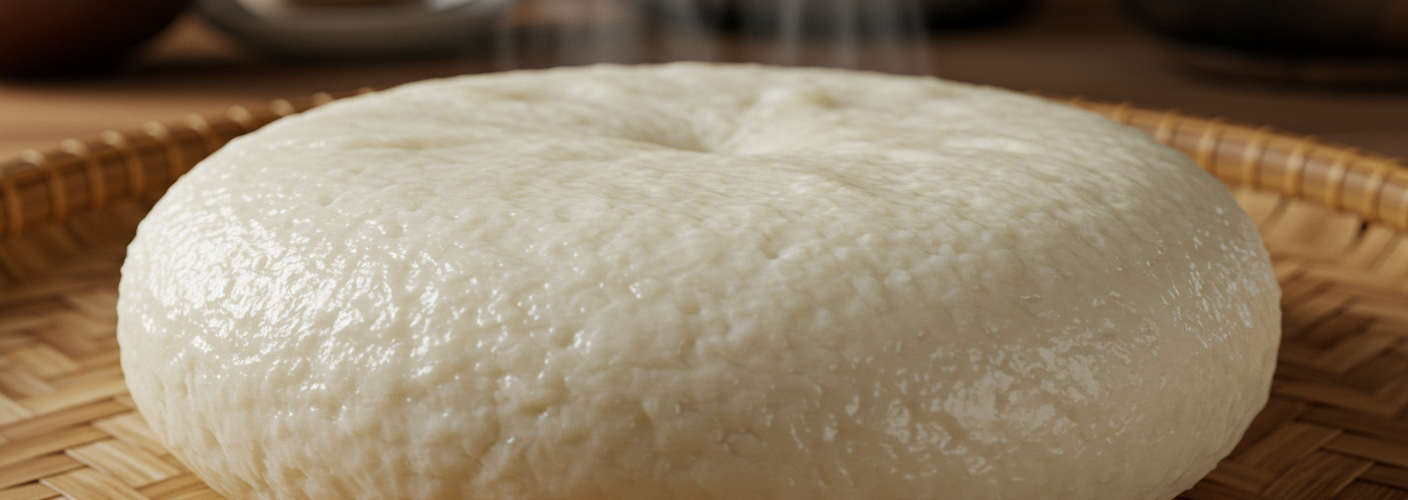When it comes to traditional South Asian cuisine, few delicacies can rival the charm and versatility of pitha, a beloved rice cake. Celebrated for its diverse flavors, textures, and methods of preparation, pitha holds a special place in the hearts of many, especially in Bangladesh and parts of India, where it is often associated with cultural festivities and seasonal celebrations.
At its core, pitha is made from rice flour, which can be sourced from different types of rice. The process of making pitha is a delightful blend of tradition and craftsmanship, often passed down through generations of family cooks. The rice flour is mixed with water and then molded into various shapes and sizes, resulting in an array of pitha varieties that cater to different palates and preferences.
One of the standout features of pitha is its incredible versatility. There are both sweet and savory options, making it perfect for any occasion. Sweet pithas, for example, might be filled with grated coconut, jaggery, or even sweetened lentils, creating a mouthwatering experience that satisfies the sweet tooth. Some popular sweet varieties include “patishapta,” a thin rice crepe filled with sweet coconut, and “bhapa pitha,” a steamed rice cake that melts in your mouth.
On the savory side, pitha can be filled with a range of delicious ingredients, from spiced vegetables to meat, offering a unique culinary experience. A beloved savory option is “shoron pitha,” which might include a mixture of lentils and spices, making it a hearty snack or meal.
The cooking methods used for pitha also vary, adding to the uniqueness of each dish. Some pithas are steamed, while others are fried or roasted. Each method affects the texture and flavor; for instance, steaming retains moisture and creates a soft, fluffy consistency, while frying yields a crispy exterior that contrasts beautifully with the tender inside.
Cultural significance plays a vital role in the appreciation of pitha. In Bangladesh, the rice cake is often associated with the harvest season, particularly during the winter months when new rice is harvested. Families gather to make pitha, creating a communal atmosphere filled with laughter and storytelling. It is at these gatherings that pitha becomes more than just a dish; it transforms into a celebration of heritage, family bonding, and seasonal abundance.
Pitha gatherings are often lively, with various family members contributing different types and styles of pitha, showcasing their unique recipes and techniques. This not only emphasizes the cultural heritage surrounding the dish but also encourages regional variations. Each area has its special twist, giving rise to an extensive range of pitha types that reflect local ingredients and cooking styles.
As global interest in diverse cuisines continues to grow, pitha has gained recognition beyond its traditional roots. Food enthusiasts and chefs worldwide have started experimenting with pitha to incorporate it into modern dishes, showcasing its versatility and timeless appeal.
In conclusion, pitha is not just a type of rice cake; it is a symbol of culture, tradition, and creativity. Whether enjoyed in its sweet form during festive celebrations or relished as a savory snack, pitha is a dish that invites exploration and enjoyment. So, whether you are a long-time fan or new to this delightful treat, the world of pitha awaits with open arms, ready to tantalize your taste buds.




Add comment